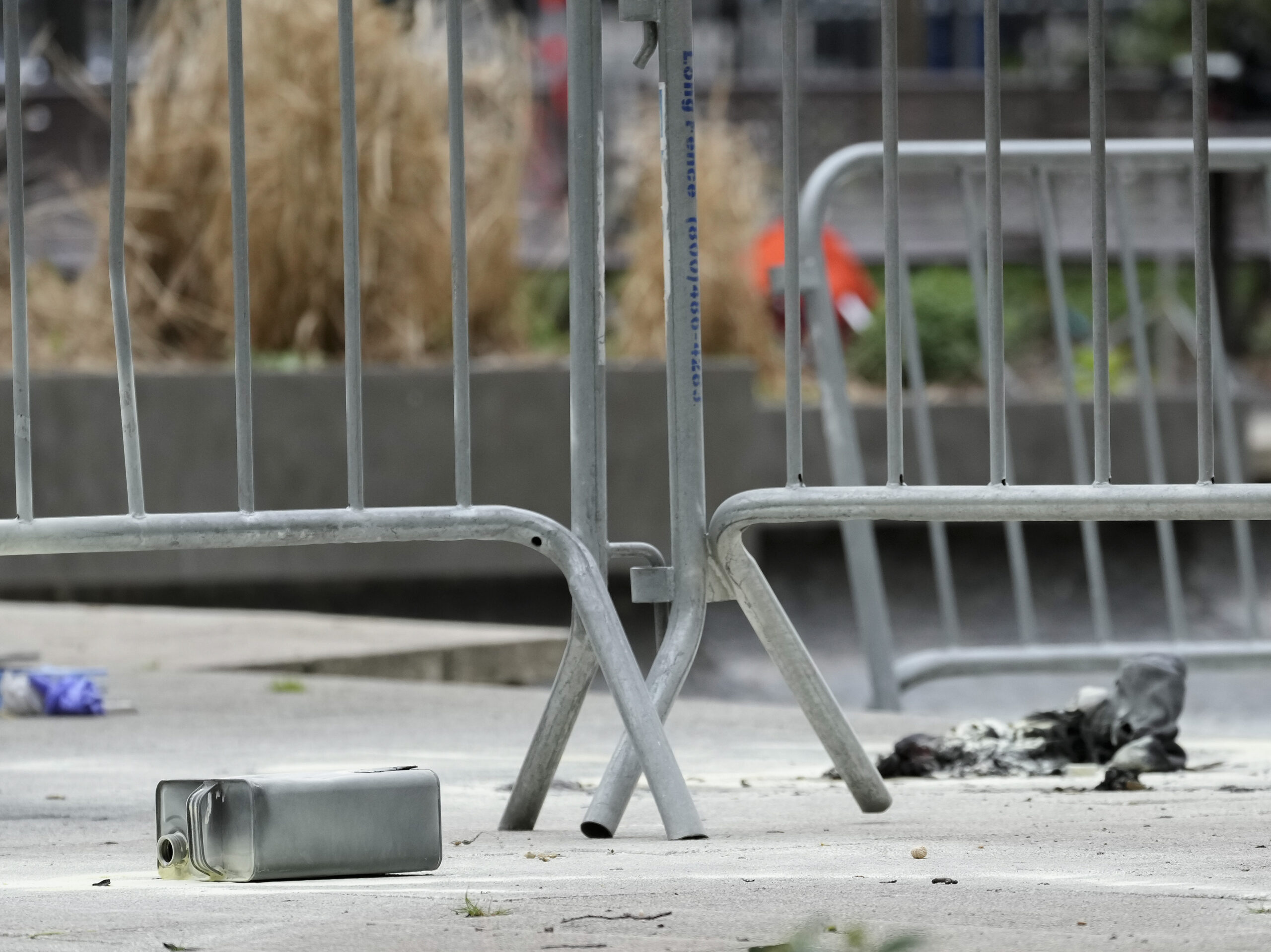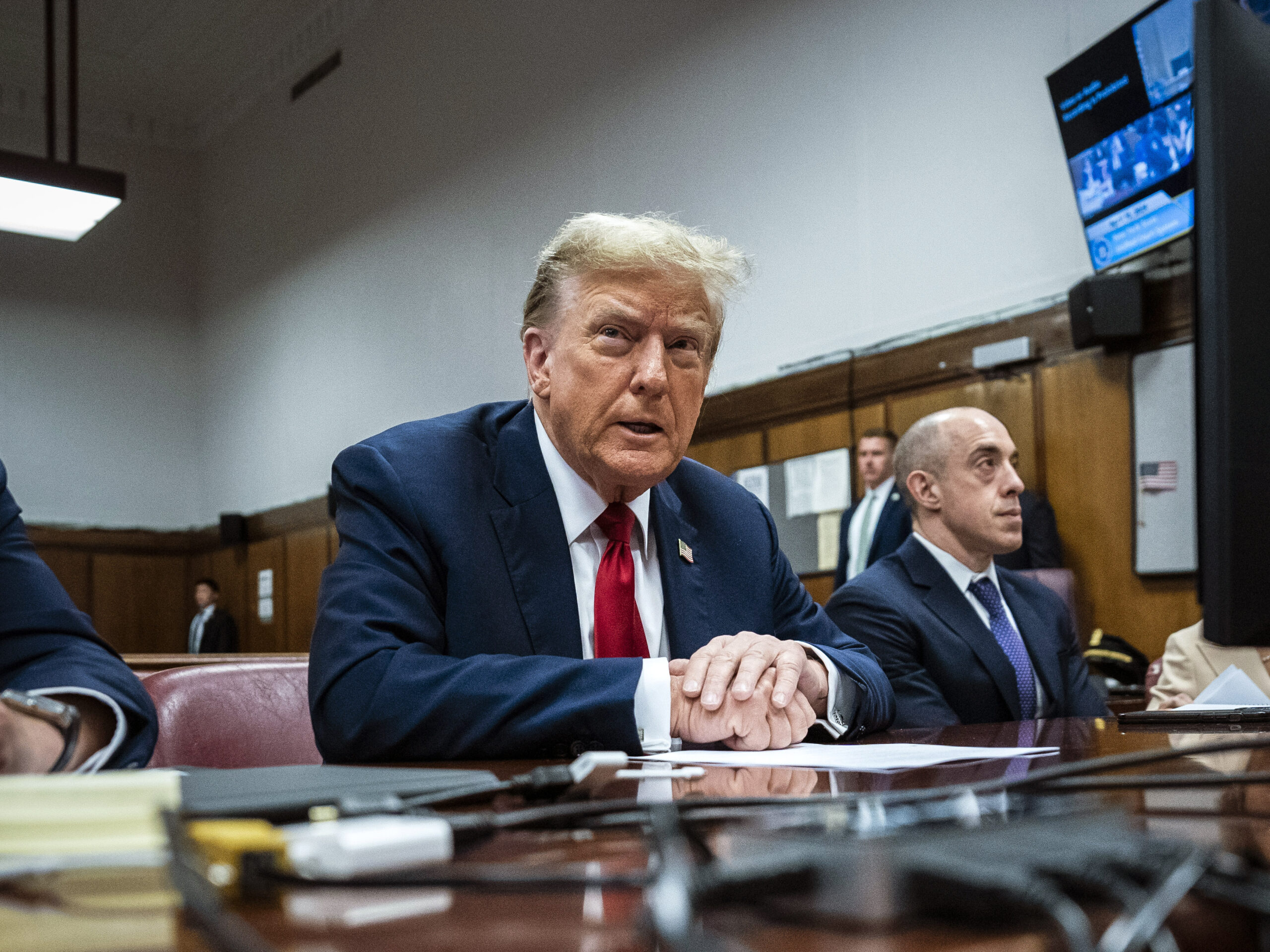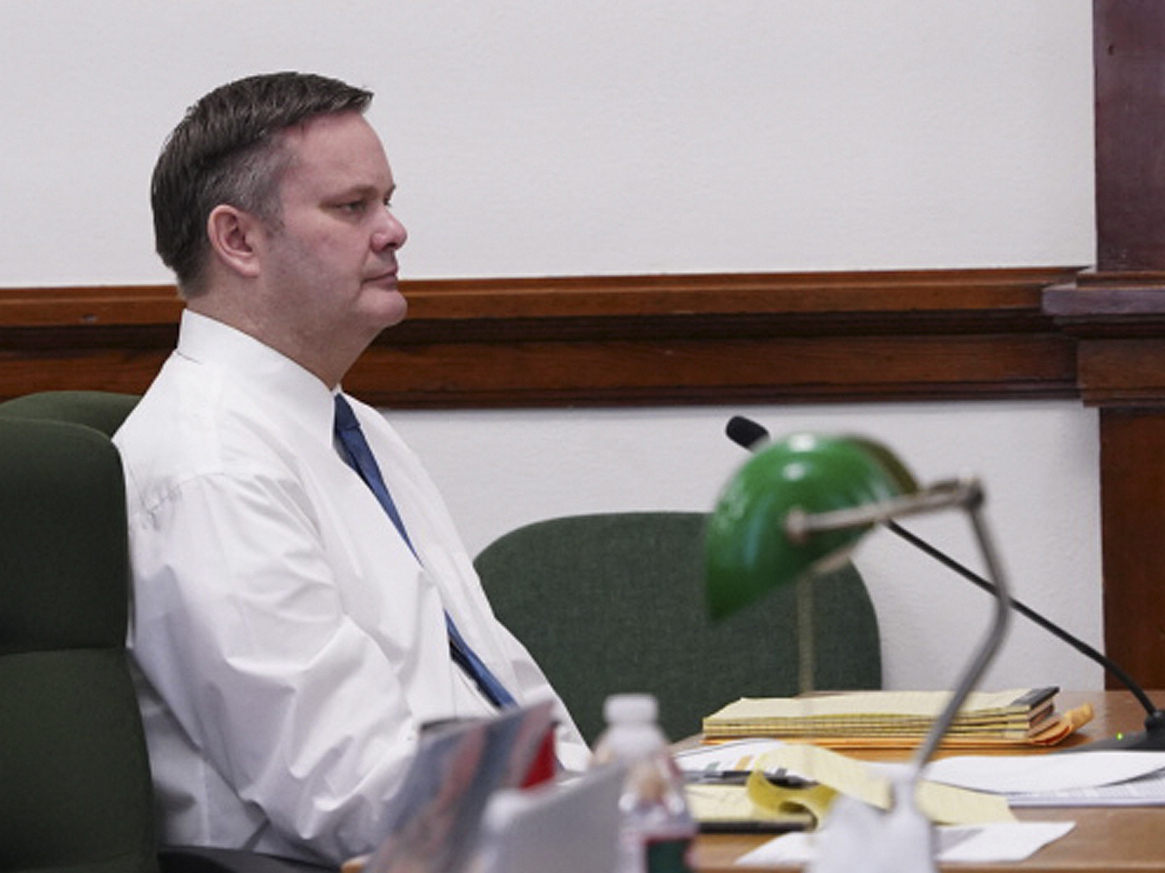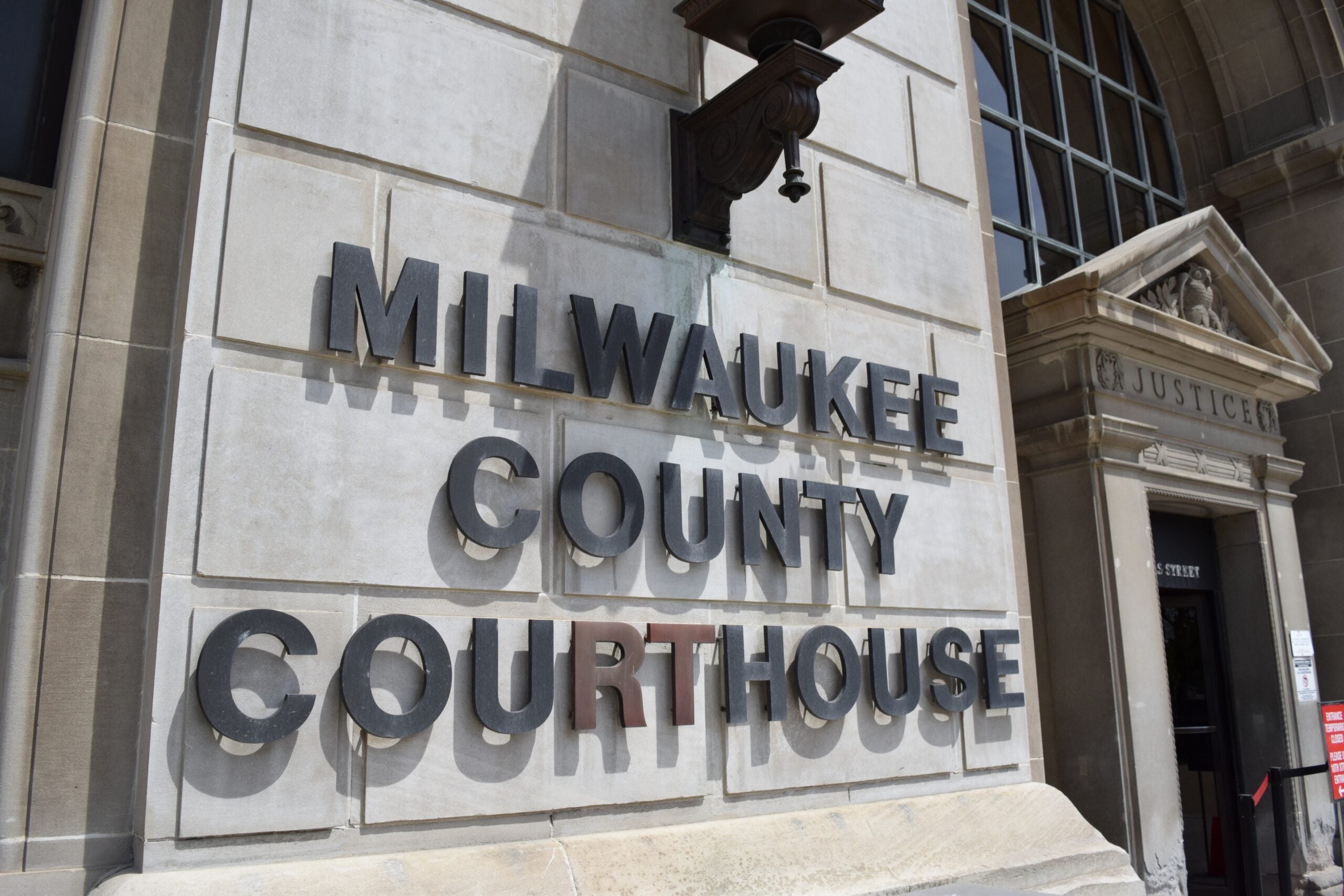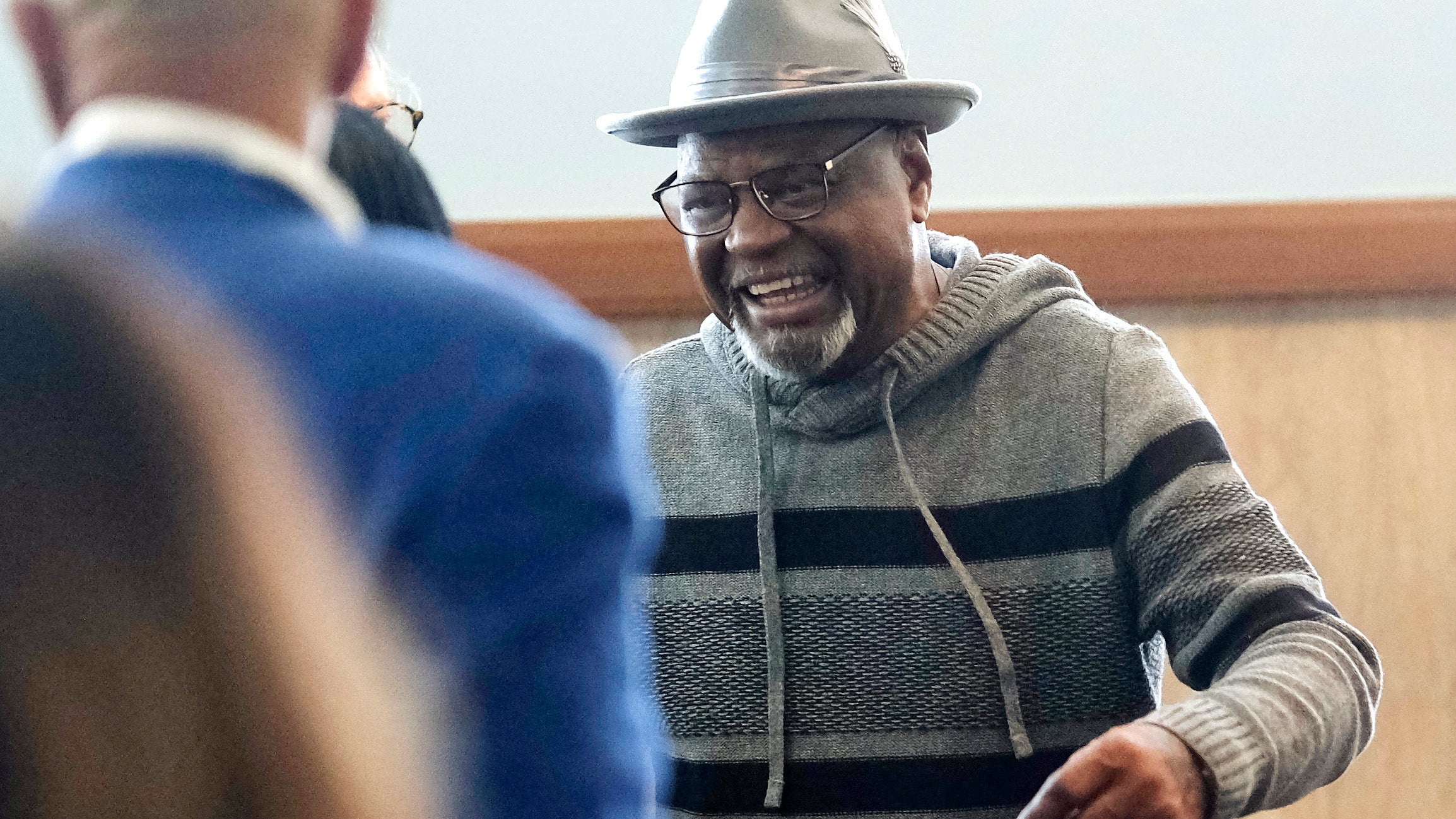The state Supreme Court has granted a new trial to Jimothy Jenkins, a Milwaukee man who is serving life in prison for a 2007 murder.
In Jenkins’ original trial, there was only one prosecution eyewitness who testified. That witness said that Jenkins was the man who shot Anthony Weaver during a drive-by shooting on a dark March evening while Weaver was buying marijuana from another man.
Jenkins’ trial court attorney failed to call another witness who provided a radically different description of the shooter.
Stay informed on the latest news
Sign up for WPR’s email newsletter.
“The judge said, ‘I don’t think the jury would have believed this witness that wasn’t called,’” said Joseph Redding, Jenkins’ attorney on appeal. “And my argument was that that’s a determination that should be left up to the jury.”
Redding said Friday’s ruling will allow Jenkins to put that question to a new jury in a new trial.
“The defense will most likely call that witness and let the jury then compare the two witnesses and … make a determination whether the Mr. Jenkins was the shooter,” said Redding.
The Department of Justice is still reviewing the ruling, but Redding said new research raises serious questions about how police and prosecutors use photo and suspect lineups to obtain eyewitness identifications. He said that that research is relevant to Jenkins’ case, where eyewitnesses have been asked to describe a situation in which conditions were dark and drinking may have been involved.
“We all understand now that eyewitness identification is not the gold standard,” said Redding.
Just four years after Jenkins was convicted, the attorney general’s office issued new guidelines for police prosecutors to follow when using photo and suspect lineups to identify potential criminal suspects.
Wisconsin Public Radio, © Copyright 2024, Board of Regents of the University of Wisconsin System and Wisconsin Educational Communications Board.


